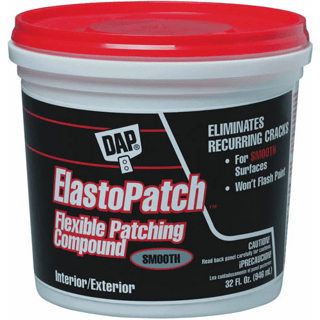Depends on why its cracking..
Were trusses used for the roof construction? Many problems are caused by wind and truss "uplift" The solution for this problem is a special, movable joint. No nails or screws are used within 18" of interior wall's top plates. Special clips are used that allow movement.
Building Sciences Corporation report on truss uplift
The expense and hassle of retrofitting "floating corners" might mean trying a number of fixes.
First might be be using a lightweight elastomeric patch, such as
Product Description:
DAP® ElastoPatch® Flexible Patching Compound is a high performance, elastomeric spackling compound that eliminates recurring cracks by providing a permanently flexible fill. Will not crack, crumble or fall out as the joint expands and contracts over time. Superior paintability – won’t flash paint. Available in smooth grade and textured grade to provide the perfect finish. Interior and exterior use.
Suggested Uses: Ideal for filling and repairing recurring cracks and holes in: • Stucco • Brick
Surface Preparation & Application:
• Clean surface removing all loose particles, plaster, wax, dust, dirt, peeling paint, old caulk, grease and oil. • Using a caulking gun, brush, putty knife or trowel, fill crack with patching compound. Tool patched surface to desired finish before product dries.
- Product is not sandable.
• For some repairs, more than one application may be required. Use product to bridge gaps up to 1/4” wide and 1/2” deep. Fill small cracks and surface defects to a minimum depth of 1/8”.
• Can be painted after 30 minutes with latex-based paints. Allow to dry at least 2 hours (longer in cool or humid conditions) before painting with oil-based paints.
• Wash tools immediately after use with water.

